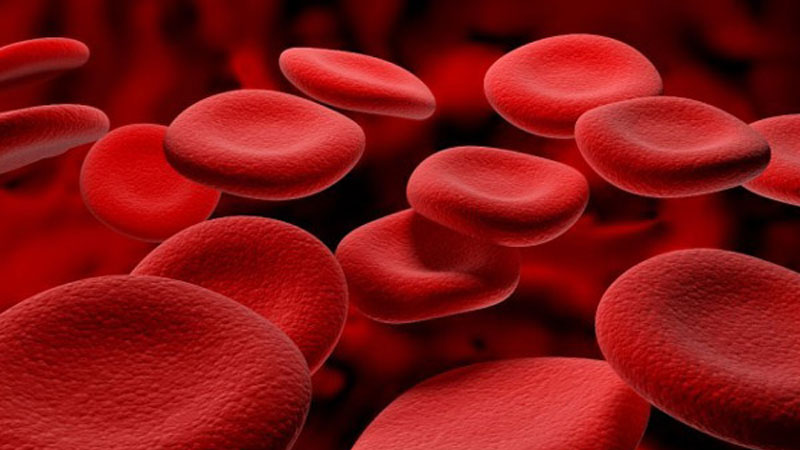Thalassemia surveillance estimates 200 to 300 marriages between two carriers and an incidence of 60 to 80 thalassemia patients each year in the country.
The National Thalassemia Prevalence Survey in 2011 identified 1,231 patients in 0 – 79 age category, Consultant Community Physician Dr. Kapila Jayaratne said.
According to Dr. Jayaratne, the current technology allows the detection of birth defects during 18 to 20 weeks of gestation.
A combination of scientific disciplines gives some understanding of how these mishaps occur; means of detecting some of them prenatally, at even earlier stages of development; and, ways to remedy or palliate few of those detected. However, ethics of fetal anomaly scans in the absence of termination as an option has generated much discussion as well as controversies.
Dr. Jayaratne pointed out that giving birth to a baby with a birth defect is devastating to parents.
It may result in long-term disability and have a major psychosocial impact not only on the individual but on all family members. The effects are felt beyond the family. They pose a burden to the society and to the healthcare system. Both WHO-multi country survey global and Sri Lanka data showed that newborn babies with birth defects had higher incidence of neonatal complications and increased risk for morbidity including low birth weight, preterm delivery, and admission to intensive care units compared to those without birth defects, he said.
They required significantly higher amount of intervention procedures (Nasal CPAP), medications (anti convulsants, phototherapy, blood products, steroids and intravenous antibiotic medication) compared to other newborns and also were at higher risk for surgical interventions, he added.



Add new comment